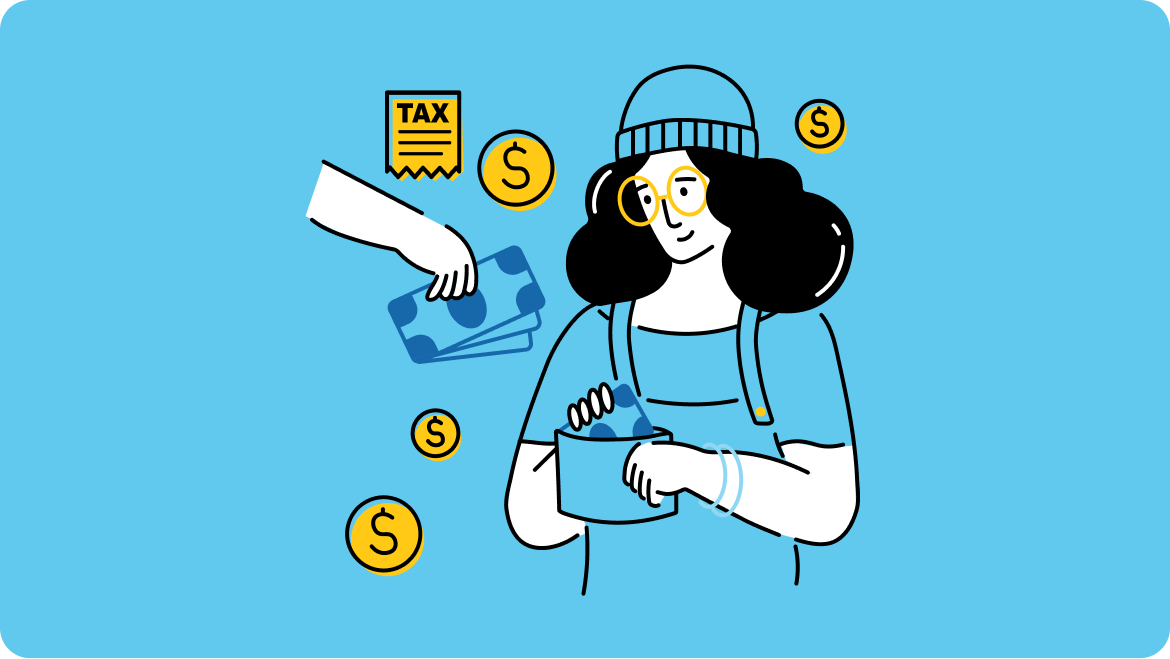Managing reimbursements and disbursements can feel like a juggling act, especially when you’re shifting to e-Invoicing. These common transactions—whether you’re getting reimbursed for out-of-pocket expenses or handling payments made on behalf of someone else—need to be tracked and reported accurately. Let’s break down how you can manage these with e-Invoicing in Malaysia!
What’s the Difference Between Reimbursements and Disbursements?
Reimbursements
These are expenses you pay for upfront that someone else, typically the payer (or buyer), will eventually reimburse. Think about costs like airfare, hotel stays, or office supplies. You cover these expenses and then get your money back from the payer.
Disbursements
These are costs you cover on behalf of the payer, often to a third party. For example, if you’re a supplier who pays a subcontractor for work done for your client, that payment is a disbursement.
Current Practice for Reimbursements and Disbursements
Traditionally, suppliers include both reimbursements and disbursements in their invoices to buyers. However, with the implementation of e-Invoicing, there are specific steps and guidelines that suppliers must follow to ensure proper reporting and compliance.
How to Handle Reimbursements and Disbursements with e-Invoicing
Scenario 1: Supplier Directly Issues an e-Invoice to Buyer
Steps Involved:
- Step 1: Supplier 1 sends an e-Invoice to the Buyer for the goods or services provided.
- Step 2: Supplier 2 pays Supplier 1 on behalf of the Buyer and gets proof of payment.
- Step 3: Supplier 2 then sends an e-Invoice to the Buyer for their own goods or services, but doesn’t include the payment to Supplier 1.
Scenario 2: Supplier 1 Issues an e-Invoice to Supplier 2 for Buyer
Steps Involved:
- Step 1: Supplier 1 sends an e-Invoice to Supplier 2 for goods or services meant for the Buyer.
- Step 2: Supplier 2 pays Supplier 1 and gets proof of payment.
- Step 3: Supplier 2 then issues an e-Invoice to the Buyer, showing both the amount paid to Supplier 1 and the goods or services they provided.
Wrap-Up
Embracing e-Invoicing helps you keep track of reimbursements and disbursements more efficiently, making your financial reporting a breeze. By sticking to the guidelines and following these steps, you can stay compliant and keep your transaction processes smooth.
Confused or need some help? Reach out to us—we’re here to make e-Invoicing easy for you!
